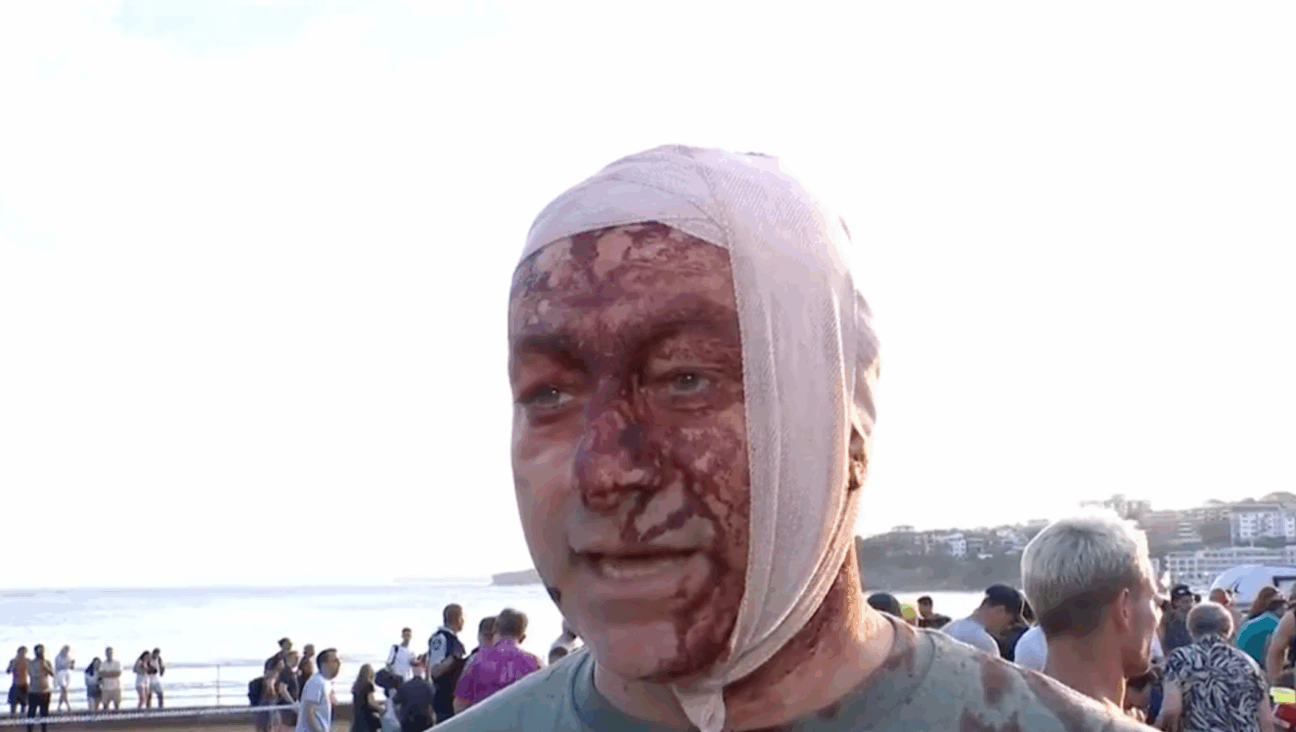Israel’s Looming Ultra-Orthodox Housing Crisis

Bnei Brak, Israel Image by Getty Images
Over the past three years, Israel’s minister of finance has invested tremendous resources in meeting the needs of the Israeli middle class. However, even with these efforts, the minister has failed to address the ultra-Orthodox’s needs — a mistake that has contributed to an acute housing crisis for this sector of Israeli society.
The ultra-Orthodox community in Israel is shaped by two opposing factors: geographical isolation, and cultural and religious integration. For the most part, the ultra-Orthodox live in homogeneous places which dot the Israeli map like isolated islands in a sea of less observant cities and towns. These ultra-orthodox enclaves are separate from mainstream Israeli society, and are expanding demographically and geographically. As a result, their communities are becoming increasingly cut-off both from the external environment, and from one another along internal ethnic fault lines. For those who live within these communities, this isolation acts as a brake on the process of modernization, preventing exposure to and, consequently, use of integrational forces and opportunities.
According to a report prepared for the Ministry of Construction and Housing, the ultra-Orthodox public will require some 200,000 additional living units by 2035. How and where these residences should be built remains a question in this ever-changing and isolating society.
Today, the ultra-Orthodox predominantly live in Bnei Brak and Jerusalem. Both of these major cities are located in Israel’s social and political center, and they serve as the headquarters of the spiritual and organizational leadership of the ultra-Orthodox sector. Every geographical development in Israeli ultra-Orthodox demography has always been deeply influenced both by the inability of these two cities to cope with population growth, and by the continual connection that the ultra-Orthodox feel toward these places even after they have moved away.
Possible Solutions
The state must now begin preparing for the settlement of hundreds of thousands of ultra-Orthodox Jews throughout Israel. For this to succeed, we need to create suitable employment opportunities, as well as ensure adequate transportation that will allow relatively easy access to Bnei Brak and Jerusalem. Additionally, we need to adapt standard city planning techniques that will take the distribution of religious and communal institutions into consideration. These tailored planning systems will be used to design additional ultra-Orthodox cities — as well as ultra-Orthodox neighborhoods within existing cities — even in the country’s outlying areas.
In addition to the convenience, affordability and benefits of establishing ultra-Orthodox communities in the periphery, these new cities will fulfill the state’s need to integrate the ultra-Orthodox into the labor market, academia and decision-making arenas, as well as the growing desire of groups within ultra-Orthodox society to integrate into mainstream Israeli society.
In order to secure the success of these developments, we must ensure that strong cities that do not currently have high concentrations of ultra-Orthodox residents and are economically stable enough to absorb low-income residents are willing to develop ultra-Orthodox neighborhoods. While this approach might temporarily create friction between religious and secular sectors, it will simultaneously introduce these two communities, and, hopefully, lead them to cooperation and integration. Whether or not this new cultural closeness pans out, establishing ultra-Orthodox neighborhoods in well-established cities rather than funneling them into poverty-stricken towns is crucial for development and progress within this growing population, and for the country as a whole.
It would appear that, despite the presence of ultra-Orthodox representatives in the governing coalition, the state needs a wake-up call regarding the range of housing solutions currently available to the various streams of ultra-Orthodox Jews in Israel. In order to address the growing crisis, we need to adopt a differential approach.
“Modern” ultra-Orthodox, who participate in the labor market and coexist with the secular community, can and should be integrated in both central and peripheral cities. In relatively large cities, it is also possible to settle more conservative communities according to a “separate neighborhoods within one city” model, as long as these are sufficiently small communities that do not threaten the city’s character. Existing examples of this model include the Kiryat Sanz community in Netanya and the Seret-Vizhnitz Hasidim in Haifa. Meanwhile, homogeneous ultra-Orthodox cities serve as a solution for more extreme ultra-Orthodox Israelis, but do not necessarily appeal to the interests of the state when compared to re-settlement within existing cities.
In order to develop these solutions, mayors and heads of local authorities must take initiative and spark the conversation between contractors, urban developers and the key designers of Israel’s future housing market, in addition to forming a roundtable of the government ministries relevant to this issue.
Additionally, we must construct mechanisms of mediation within the education system, workplaces and local leadership in the communities in which the state plans to build or integrate ultra-Orthodox neighborhoods. Reasonable ground rules need to be set for these communities to be cohesive — for example, prohibiting the ultra-Orthodox residents of secular cities from closing roads on Shabbat, and secular residents from demonstrating against the building of mikvot (ritual baths) in ultra-Orthodox neighborhoods. Laying these foundations — both physical and ideological — will be a complex and tedious process, but it is one that we cannot afford to neglect.

















